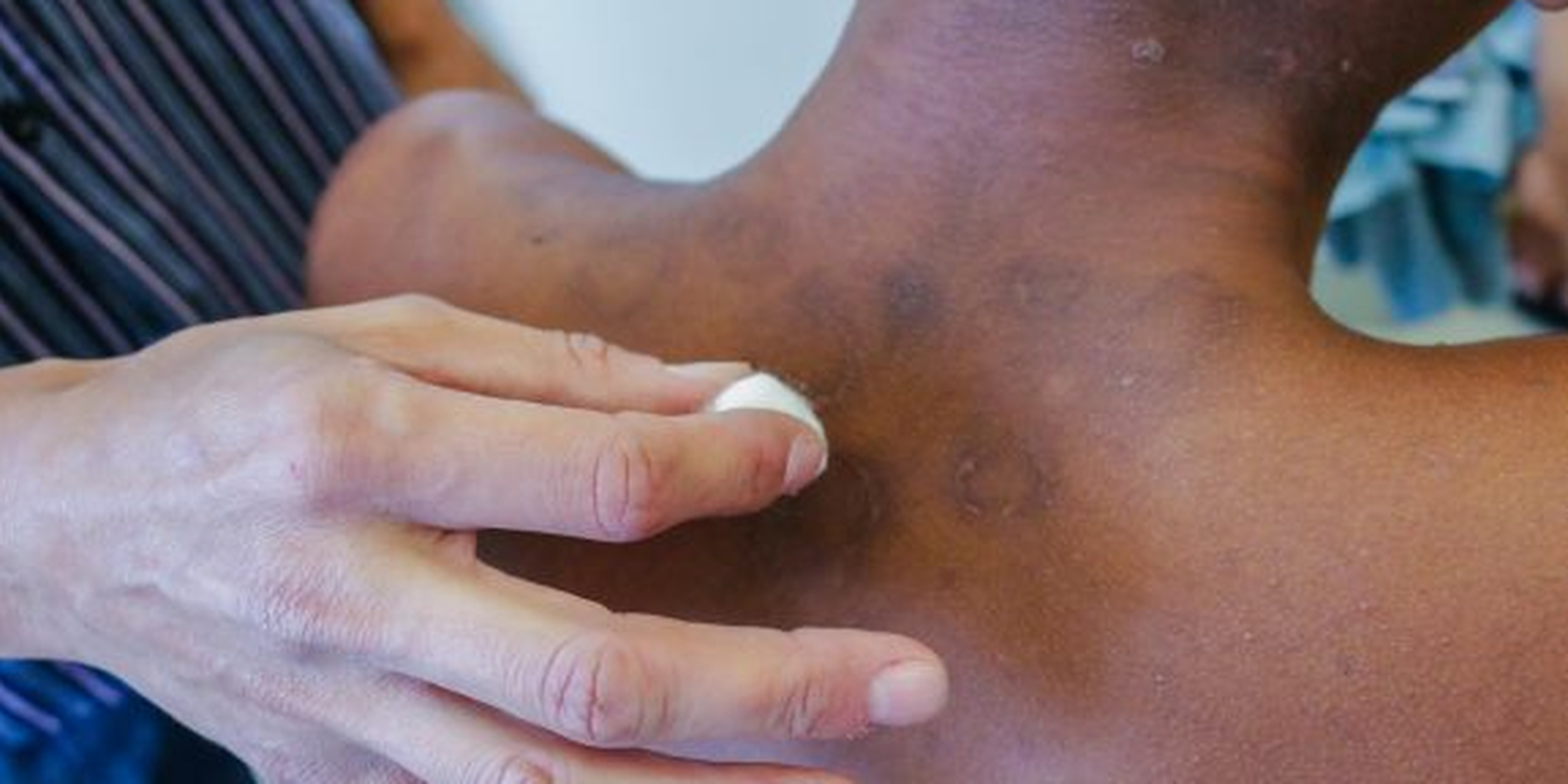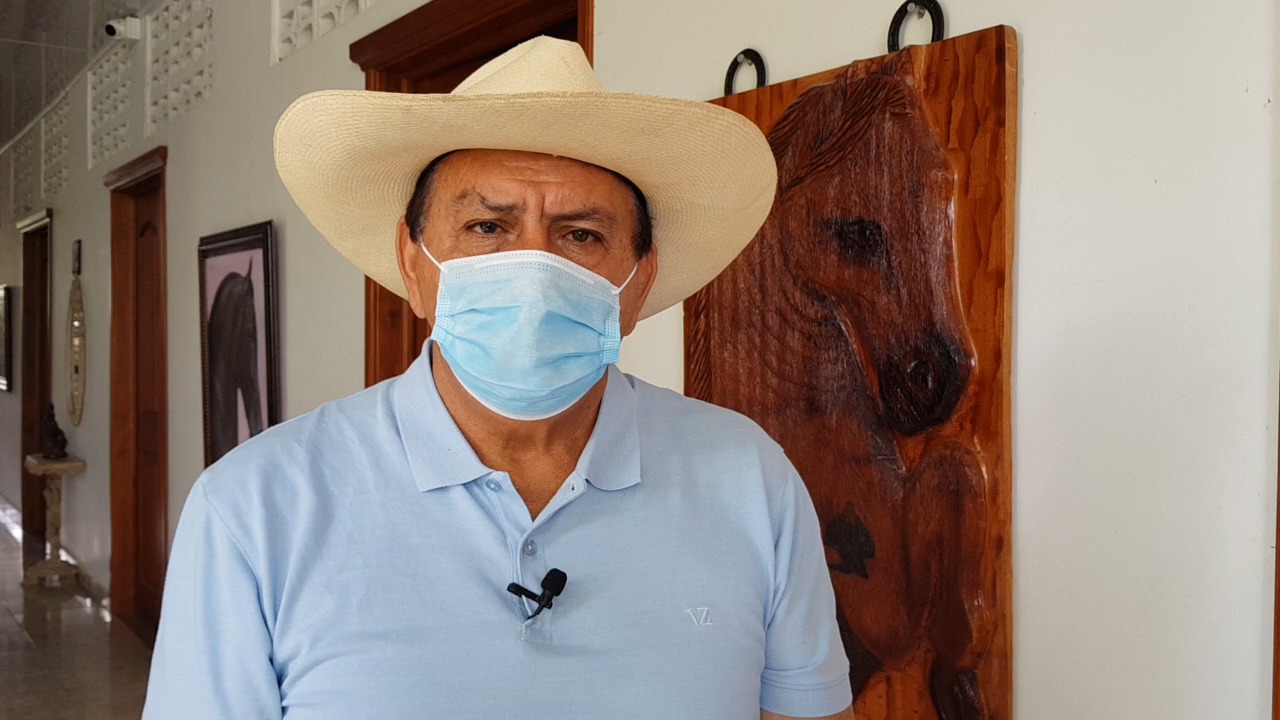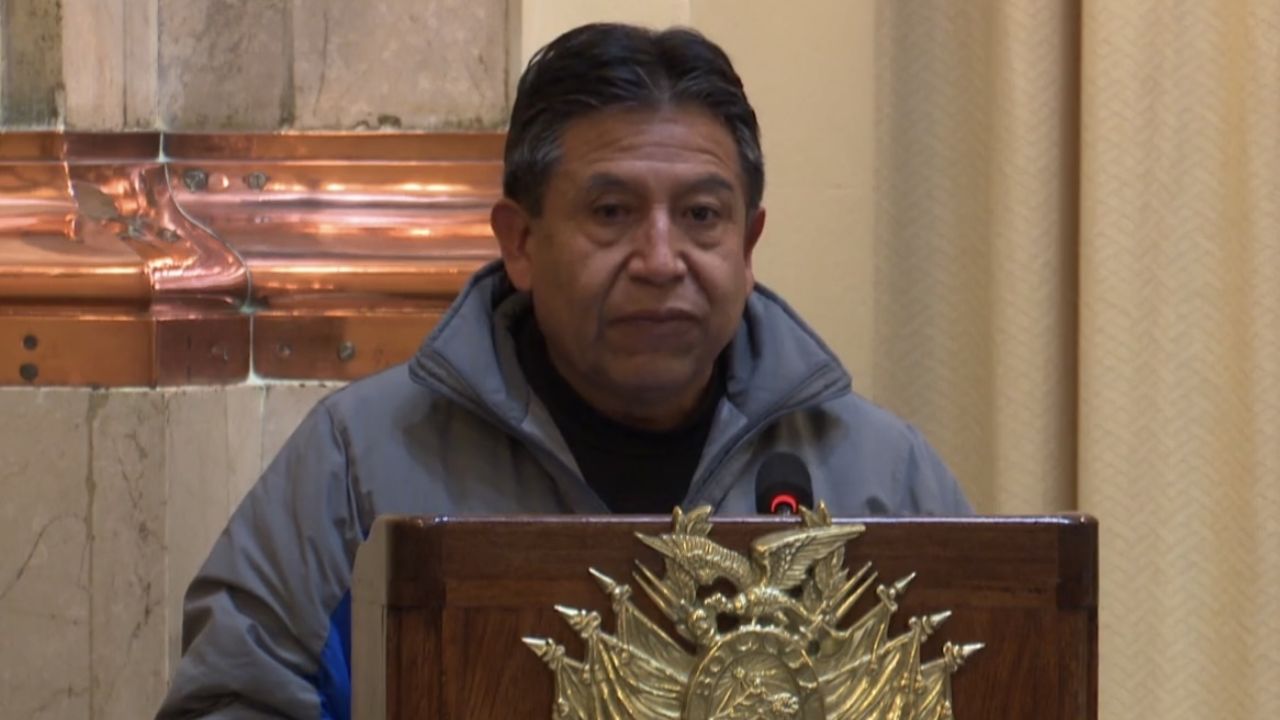The covid-19 pandemic caused, last year, a 57% drop in leprosy notifications in Brazil. So far, 12,045 new cases of the disease have been registered in the country, according to a preliminary survey carried out by the Brazilian Society of Dermatology (SBD) based on data from the Information System of Notifiable Diseases (Sinan) of the Ministry of Health.
The survey ends the program for the World Day against Leprosy, which is always remembered on the last Sunday in January, and has activities scheduled for today (30).
According to doctor Araci Pontes Aires, advisor to the Leprosy Department at the SBD, the result that points to a drop in disease notifications does not, however, consider the fully closed numbers for 2021, which the ministry will only release from March or April this year. . This means that the cases found in 2021 could still change in the next two months.
In an interview with Brazil Agency, Araci Aires reported that there were 28,800 notifications of the disease in 2019 in Brazil and that, in 2020, there was a drop of almost 40%. “This is very worrying, given the fact that leprosy is a chronic disease, which remains endemic in our country, with an average of 28,000 cases in the last three years before the pandemic. [2017, 2018, 2019]”, highlighted the dermatologist.
With the pandemic, there was a retraction in notifications, which went from the average of 28 thousand cases, in 2019, to 18 thousand cases, in 2020. “But this does not correspond to reality”, said Araci. For the doctor, this is another of the “deleterious effects” of the pandemic, due to the lockdown, the fear of going to a health unit and contracting covid-19 and even the overload of the health system, which was forced to relegate other chronic diseases a little. “Leprosy also suffered from it.”
The dermatologist said that the unreported cases correspond to people who should have sought health facilities to be diagnosed and who remained sick, without diagnosis and, consequently, without treatment, “which is serious”. For Araci, the lack of notifications impairs the tracking of the disease. Brazil is the second country in number of leprosy cases, behind only India, highlighted the doctor, noting that the pandemic had a great impact on underdiagnosis. “People have not been diagnosed and remain sick. They weren’t even diagnosed so they could be notified.”
Campaign
Raising people’s awareness of leprosy was the theme of the Purple January 2022 campaign entitled “We need to talk about leprosy”. For Araci, the campaign should take place throughout the year, because leprosy is an endemic disease that, unlike dengue, for example, does not occur in a specific period, but during every month.
The focus of the SBD campaign is to alert the population, with information about the signs and symptoms of the disease, the treatment and the fight against the issue of stigma for people with leprosy. “In treatment, the person no longer transmits [a doença] and can get along normally with relatives, friends and colleagues in the workplace, without any restrictions.”
The Brazilian Society of Dermatology recommends that the person look for a health center if they have any symptoms of the disease.
Among the classic symptoms that can alert people to leprosy, dermatologist Araci mentioned the appearance of a spot that is lighter than the skin, reddish or, sometimes, brownish, which does not present normal sensitivity; numbness of hands and feet; more swollen ear; appearance of lumps on the body; dry eyes; sores, bleeding and dryness in the nose; fever and general malaise. “All are warning signs for the person to seek a health unit to confirm if it is a case of leprosy.”
Regions
Leprosy is a disease closely related to the Human Development Index (HDI) of the regions. For this reason, the North, Northeast and some states in the Midwest tend to have a higher rate of cases, “exactly because of the pockets of poverty”. Data from the SBD reveal that the largest number of new cases identified in the last decade occurred in the Northeast Region (43% of the total), followed by the Midwest, with 20% of cases; North (19%); Southeast (15%); and South (4%).
Araci Aires noted, however, that it is not a disease exclusive to the less favored social class, as 10% of leprosy diagnoses in the country are from people with higher education. Social weaknesses, such as precarious housing, lack of information and difficulty in accessing health systems, favor the contagion of the disease. Of the 23,351 people with leprosy who provided information about their level of education, 11,061 had elementary education (47% of the total); against 8% with higher education (1,897 people).
The doctor warned that, like any infectious disease, transmitted through the air, contamination is more likely where there are precarious housing conditions, with families of many people sometimes living in a single environment, with little ventilation, which facilitates transmission. Leprosy has another problem, which is the issue of stigma. People often put off going to the doctor because they are afraid that, when diagnosed with this disease, they will be rejected by family, friends, in the work environment.
Profile
In most cases, the reported patient with leprosy in Brazil is male, as can be seen from official data from the Ministry of Health. In 56% of the 2020 and 2021 records reported so far, the patients were male. As for age, 53% of the records are from adults over 30 years old. Of these, 19.5% were between 40 and 49 years old; 19.2%, from 50 to 59 years old; and 14.6%, from 30 to 39 years old.
In the last 11 years, leprosy affected 342,257 people in Brazil. During this period, most of the patients notified in the country were men (55% of the cases registered in the SUS, with 189,800 notifications).
quick test
Good news for leprosy patients was given by the Minister of Health, Marcelo Queiroga, on the 25th: the inclusion of new laboratory tests complementary to the diagnosis of leprosy, including a rapid test. According to the Ministry of Health, Brazil will be the first country to offer the rapid test free of charge to support the diagnosis of leprosy, which is still essentially clinical, based on a thorough evaluation of the patient, especially the skin and peripheral nerves.
“The rapid test for diagnosis is a great achievement,” said Queiroga. “That we can make the clinical diagnosis, confirm it through serological tests and, through adequate therapy, make the patients cured”, he added.
The Ministry of Health should invest R$ 3.7 million this year to offer the new tests.
inquiry
The Leônidas and Maria Deane Institute (ILMD – Fiocruz Amazônia) and the government of Amazonas, through the Alfredo da Matta Hospital Foundation, a reference unit in the treatment of leprosy, will carry out this year the 1st Leprosy Survey in Brazil, investigating physical disabilities caused by leprosy in more than 200 Brazilian municipalities mapped by the Leprosy Survey Project in Brazil.
The research is led by the Ministry of Health.
Fieldwork should begin in March, with activities carried out by multidisciplinary teams made up of professionals from all over Brazil. Upon completion of the work, a national database on physical disabilities after leprosy cure should be created.









